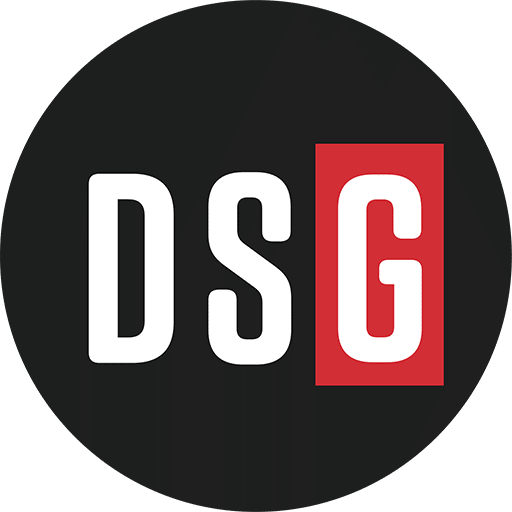On day two of the Profit and Productivity Summit for Distributors in Chicago, speakers homed in on the need for distributors to go beyond volume if they want to grow profits. They focused on improving efficiencies, increasing cash flow and cost management, as well as leveraging AI and automation to do more with less.
Technology vendors also shared the value of leveraging their tools to improve efficiency and uncover growth opportunities. Returns management, inventory optimization and pricing were noted as areas ripe for improvement to drive more to the bottom line.
Here are three takeaways:
Put the fun back in cash flow.
Janet Zelenka, former CFO and CIO at Stericycle, put the fun back in finance during her session, where she led attendees on a treasure hunt for cash in their income and cash flow statements, as well as their balance sheets.
In particular, distributors often leave their cash flow statements and balance sheets untapped for opportunities to improve cash flow. That’s a big missed opportunity. “Could you push more to the bottom line without becoming a slave to sales growth?” she asked.
Here are a few examples:
- Slow-moving inventory, or “dusty cash”: If you can write the word cash in the dust on an inventory item, chances are, it’s been there too long.
- Reducing debt leverage to free cash flow: Distributors don’t need to be debt-free, but they should examine whether their debt supports or harms profitable growth.
- Bad debt: When customers don’t pay, that takes sales off the P&L. (Educating sales reps on this can put them in your corner to encourage customers to pay.)
- Inconsistent payment terms: Standardizing payment terms in the system is important for consistent and predictable cash flow.
Key to finding cash and making progress? Training your teams, especially sales reps, on the importance of these and other metrics that, if recovered, can flow directly to the bottom line.
Reduce costs.
Reducing COGS is the second most effective profit driver behind increasing selling prices.
Distributors should start by understanding that their Cost of Goods Sold goes beyond just the price of the item; freight, storage and handling make up more than a quarter of the cost to distributors. All need to be considered when purchasing. Distributors also need to review invoices for unexplained fluctuations, differences from the market and unexplained fees. They need to identify negotiable terms, such as bulk discounts, payment terms and rebate structures.
Finally, look at your Gross Margin Return on Inventory Investment (GMROI) by vendor and product category for opportunities to turn SKUs from losers to winners.

Gregory Smith, CEO at G Group Holdings, shared dozens of strategies to reduce overall costs in his presentation. Here are a few:
- Develop a clear process for new SKUs to avoid unauthorized SKU creation in your system.
- Reduce carrying costs: Start by analyzing your safety stock with demand variability and service level targets in mind.
- Evaluate your product mix, shifting from underperforming products to high-margin opportunities. Focus your sales and marketing on those categories.
- Take advantage of vendor-managed inventory with your suppliers to improve stock availability, lower carrying costs and improve cash flow.
- Utilize SPAs: Most distributors use Special Pricing Agreements for less than 20% of through-stock sales. “There’s so much money being left on the table if you don’t do SPAs,” he said.
- Centralize purchasing, especially for stock and flow products, to leverage volume, enhance control and standardize your assortment.
- Build supplier relationships to increase priority access, especially during product shortages, and get more favorable pricing and terms over time.
- When you negotiate with suppliers, come prepared with data that supports your ask.
- Leverage vendor co-op programs to offset purchasing costs and invest in growth.
Grow with AI.
Distributors have opportunities in two areas to grow sales and profitability with AI, according to Brooks Hamilton of AI Strategy Advisors.
The first is within their organizations. AI reduces the need for repetitive manual tasks so employees can focus on higher-value work. Hamilton said people are far too often used as “middleware,” spending significant time acting as intermediaries between systems. “We are taking people with certifications and advanced degrees and asking them to spend the majority of their time on tasks that are soul-crushing.”

AI can automate these tedious tasks, eliminating bottlenecks and improving accuracy and speed. Examples provided included an RFQ Accelerator, Price Negotiation Guidance or a Voice Bot Inventory Check. Hamilton said gains can be upwards of 9X ROI.
The future includes “autonomous agents,” AI systems that can independently perform and optimize tasks, creating workflows and solving problems without constant human intervention, he said. As companies adopt these tools, they’ll improve operational efficiency and set the stage for an era in which employees work alongside AI.
The other opportunity associated with AI for distributors is to sell into the increased demand in key markets such as data centers. Big tech companies like Amazon, Microsoft and Oracle are making massive investments in data centers and the related infrastructure required for AI, opening big opportunities for distributors.
Hamilton said these companies are willing to pay premium prices for faster project timelines and reliable partnerships within complex supply chains. “They are willing to pay whatever it takes to get done on time and faster than their competitors.”
Read our takeaways from Day 1: It’s Time to Cut Losses and Embrace Value | Distribution Strategy Group


